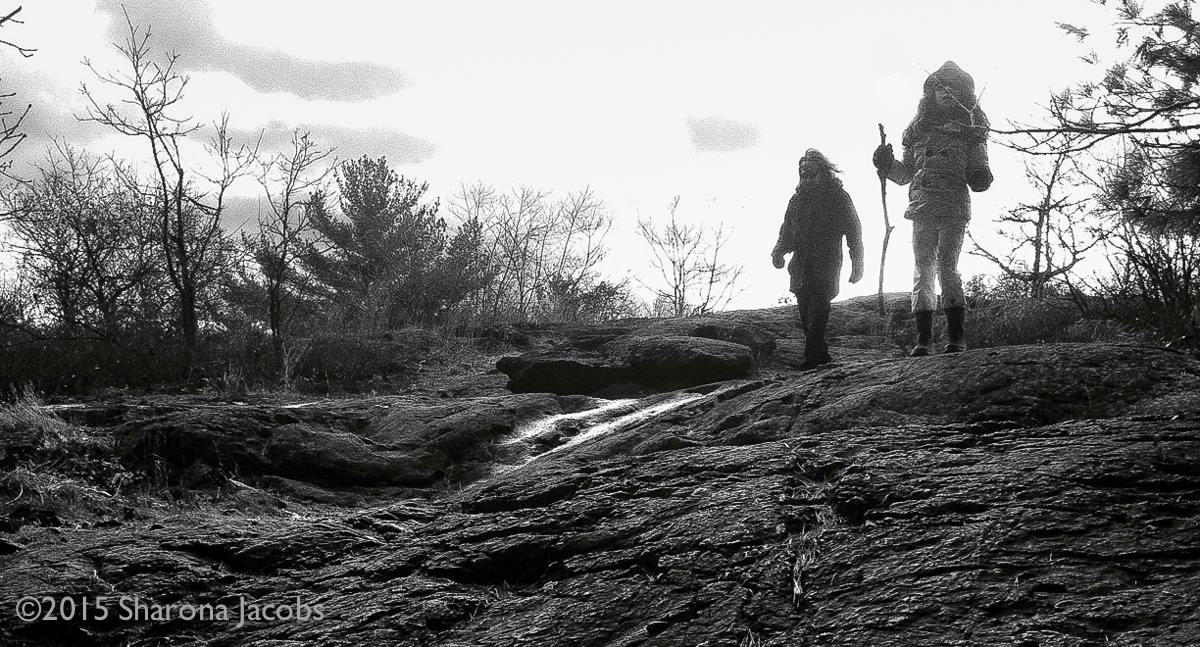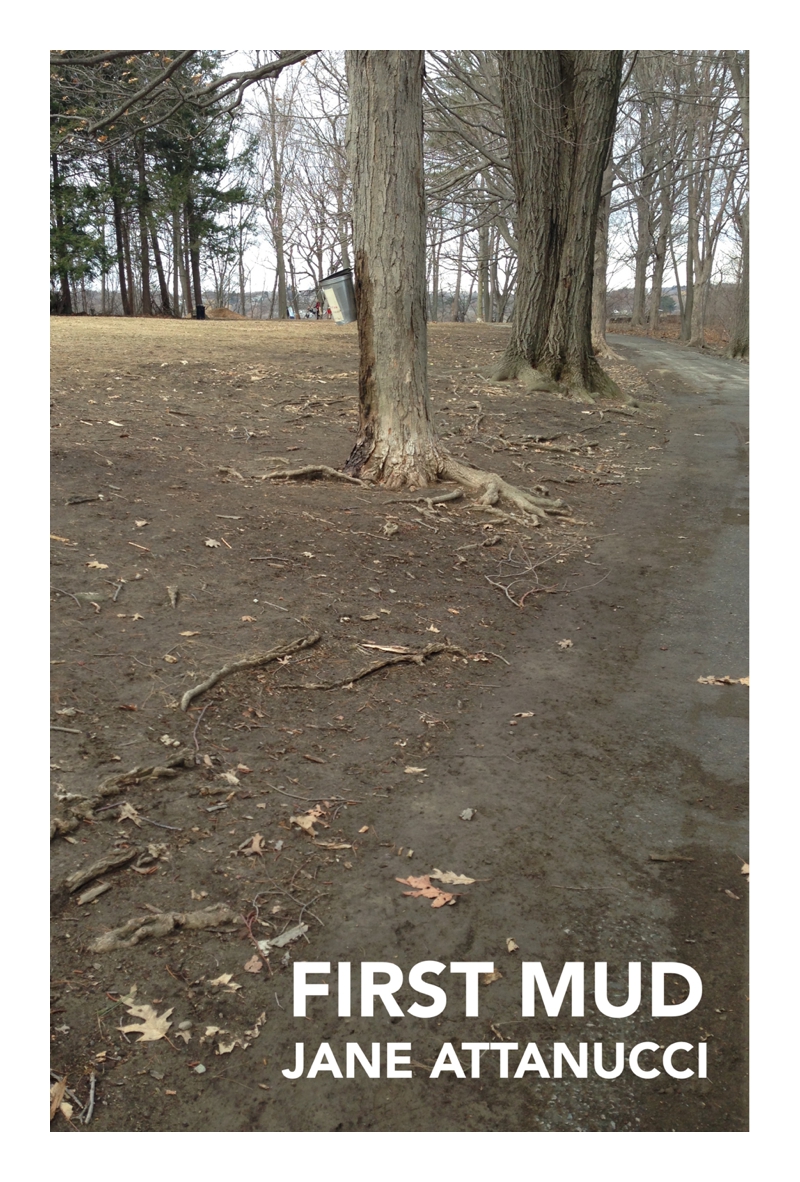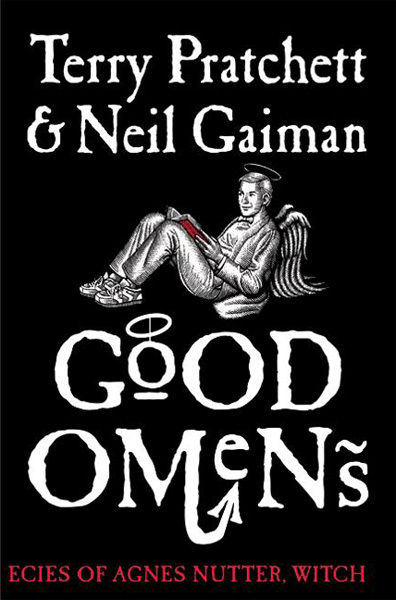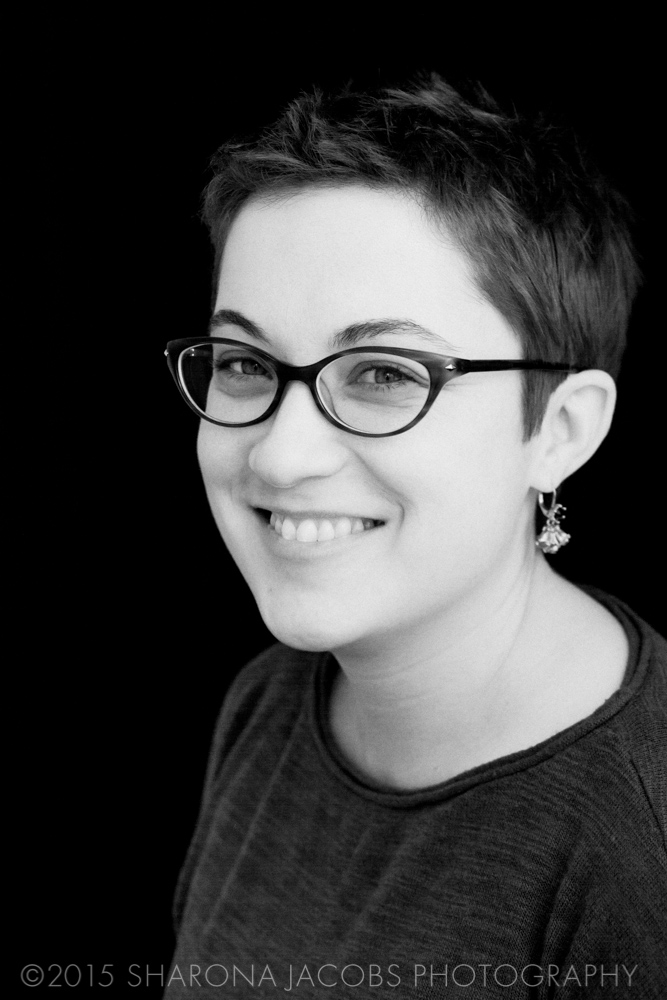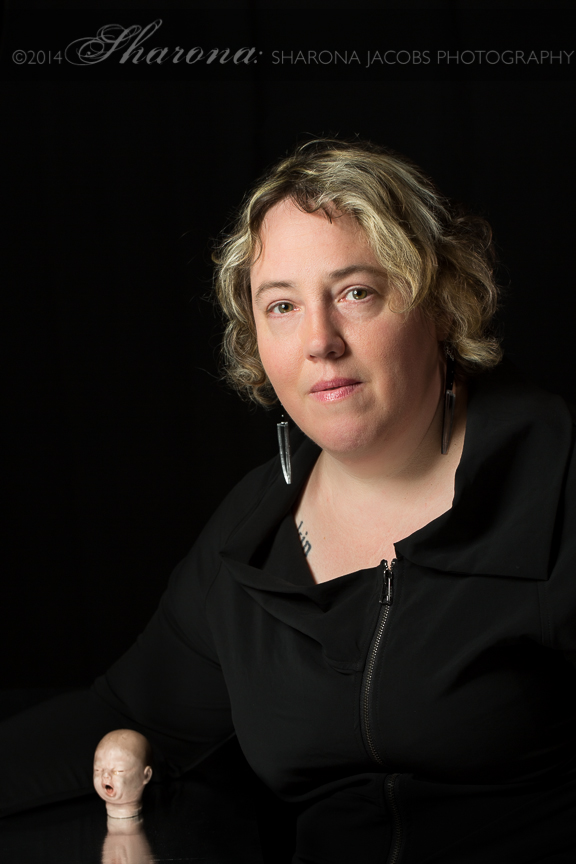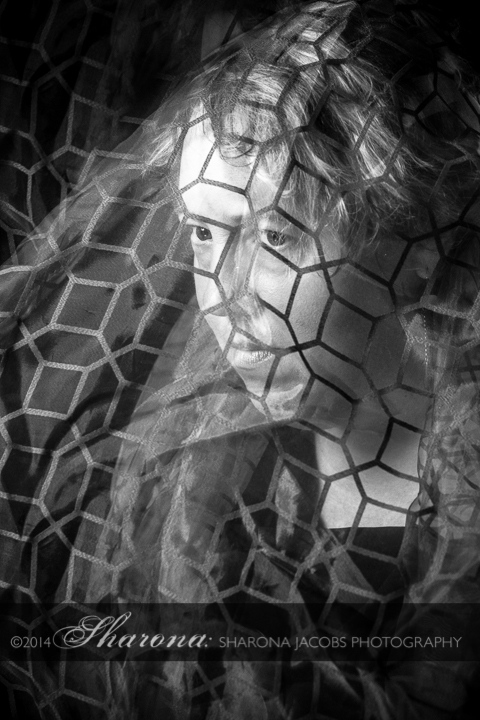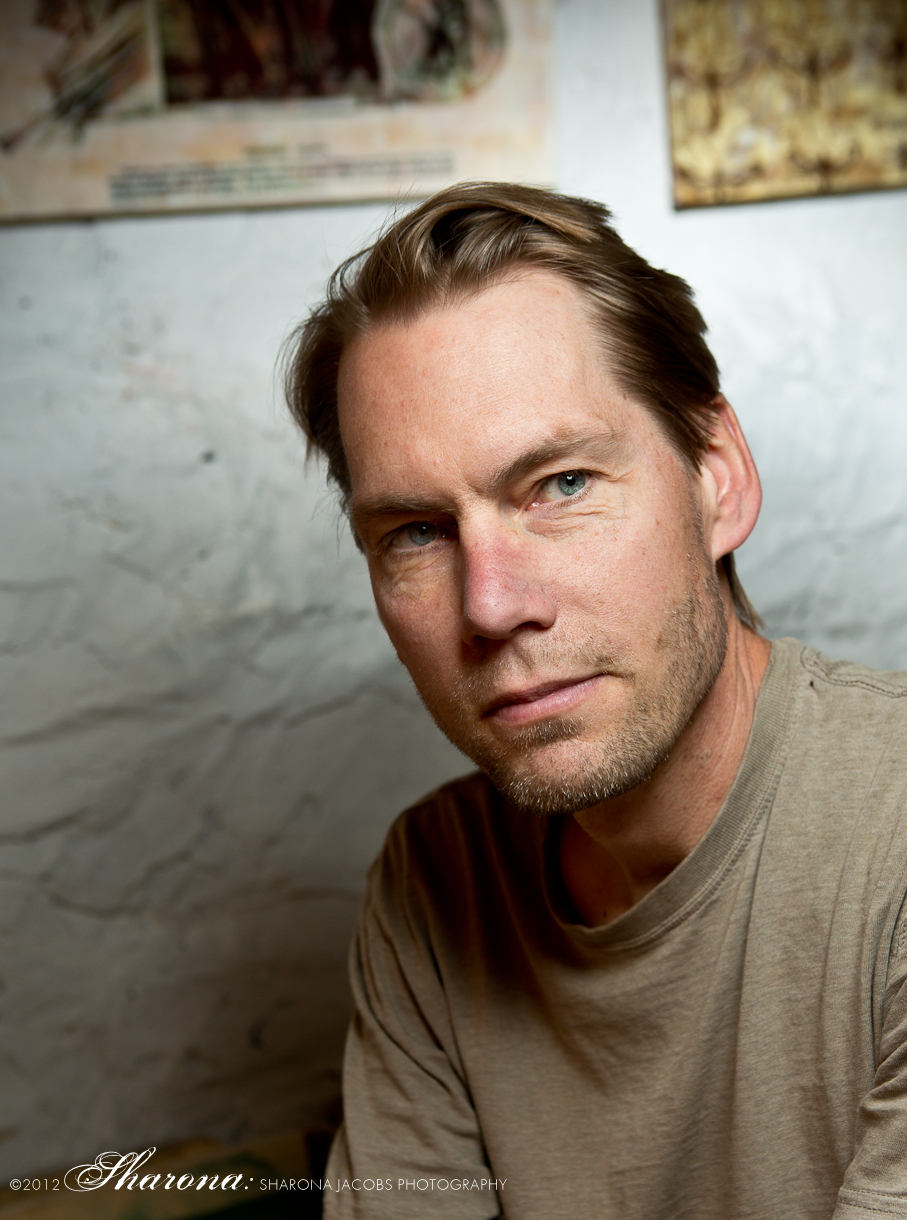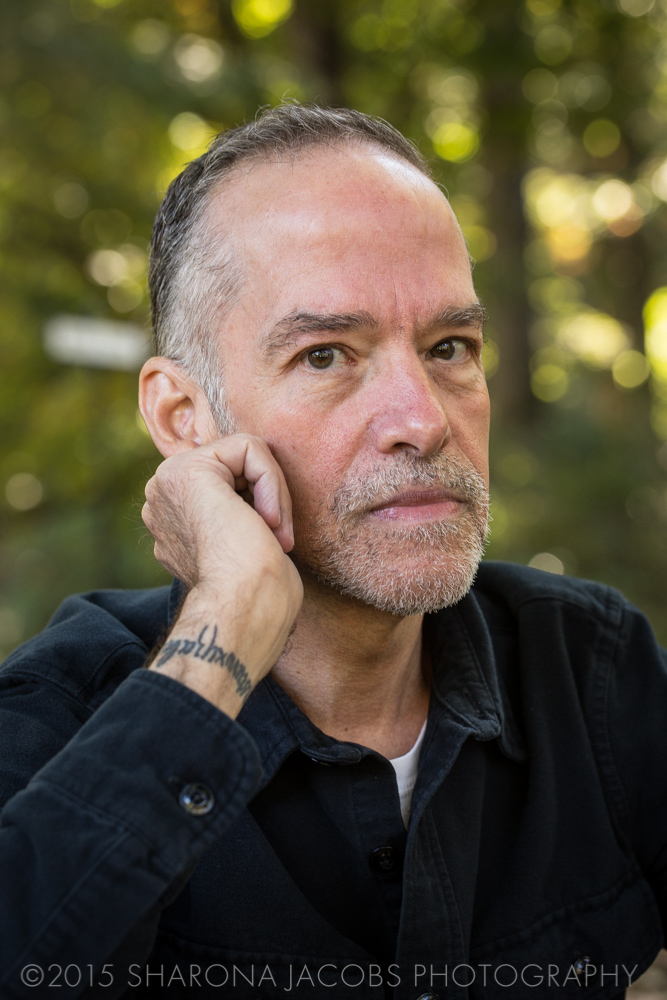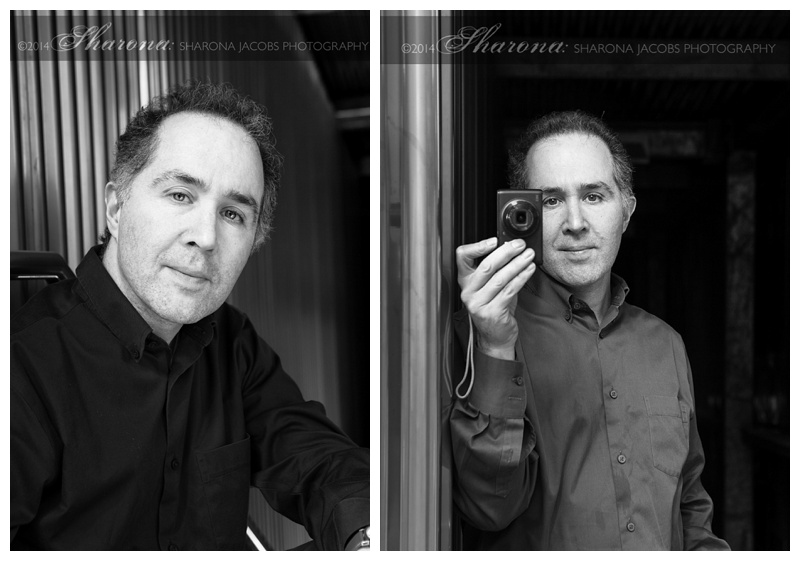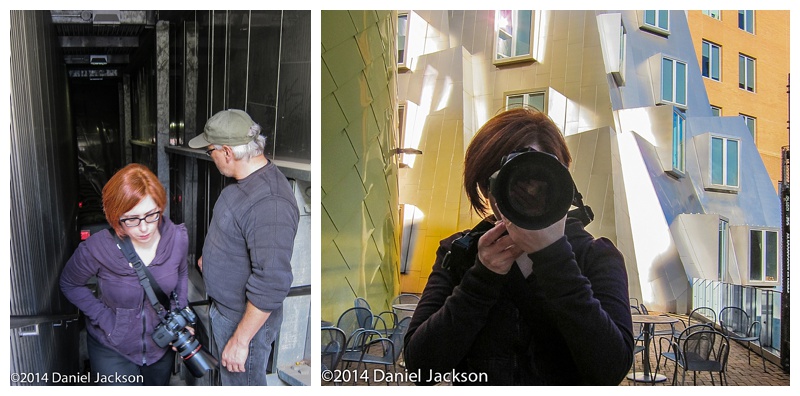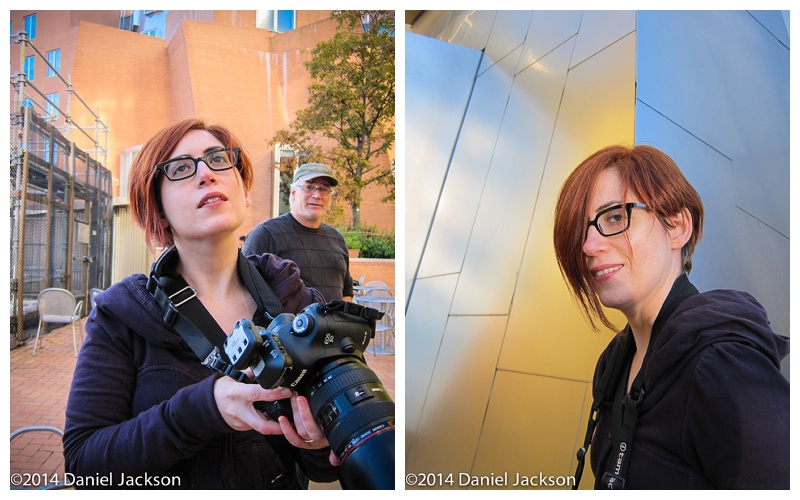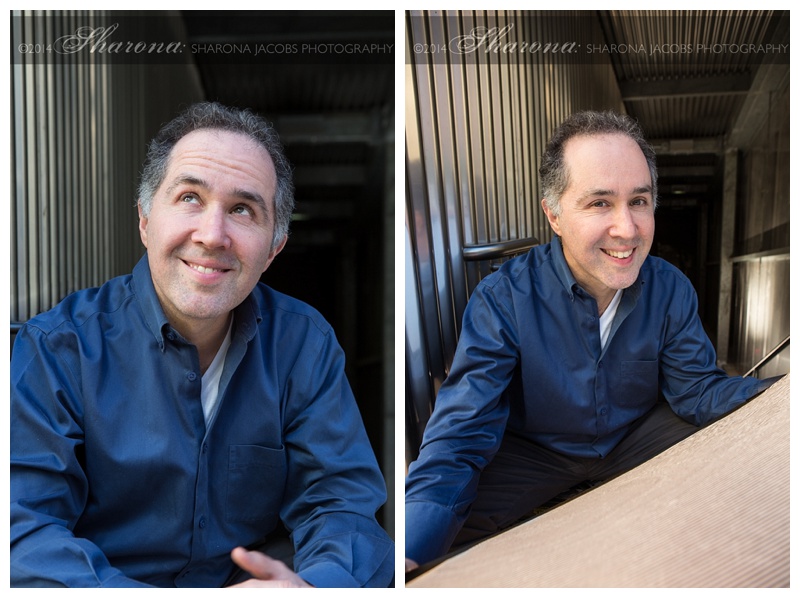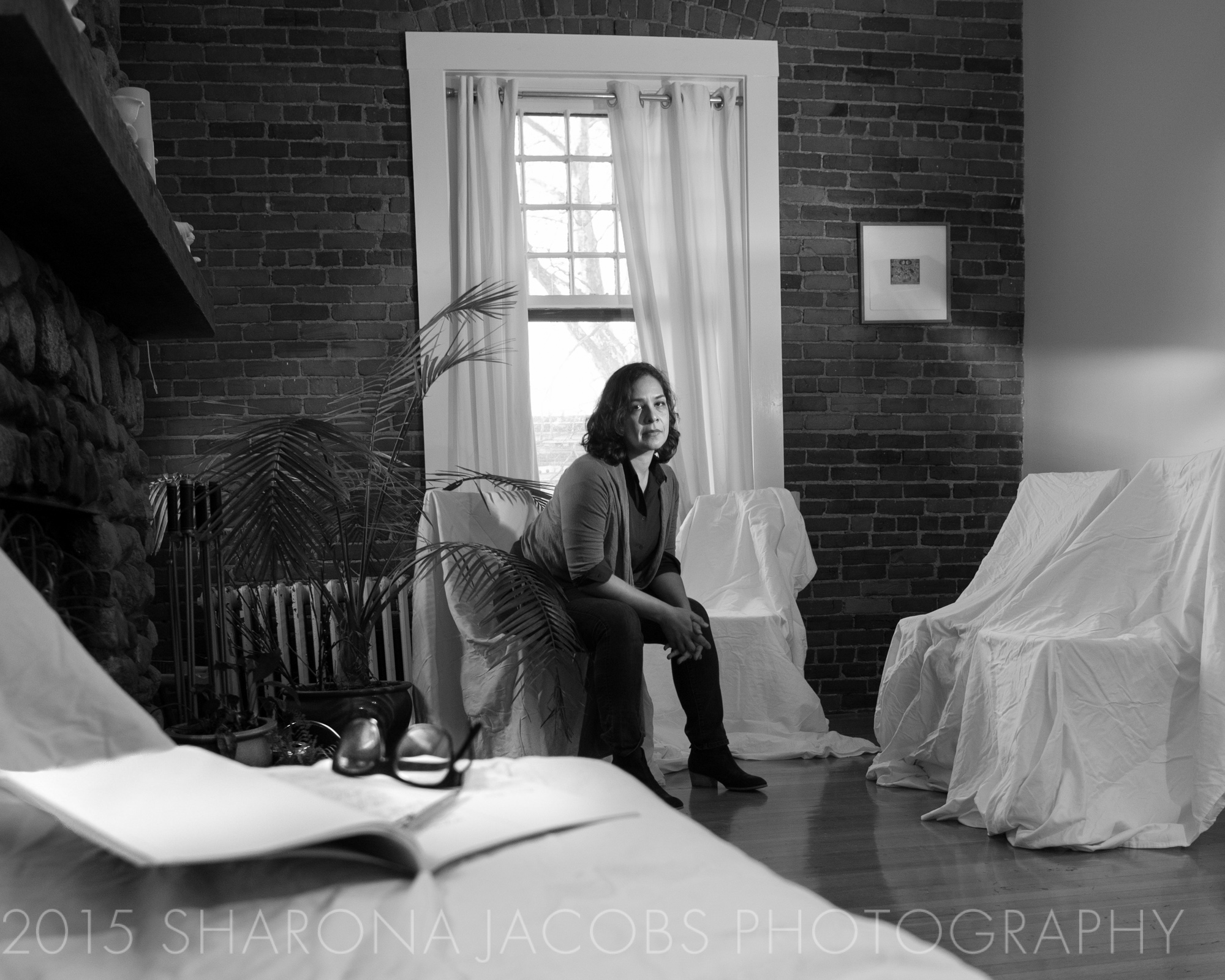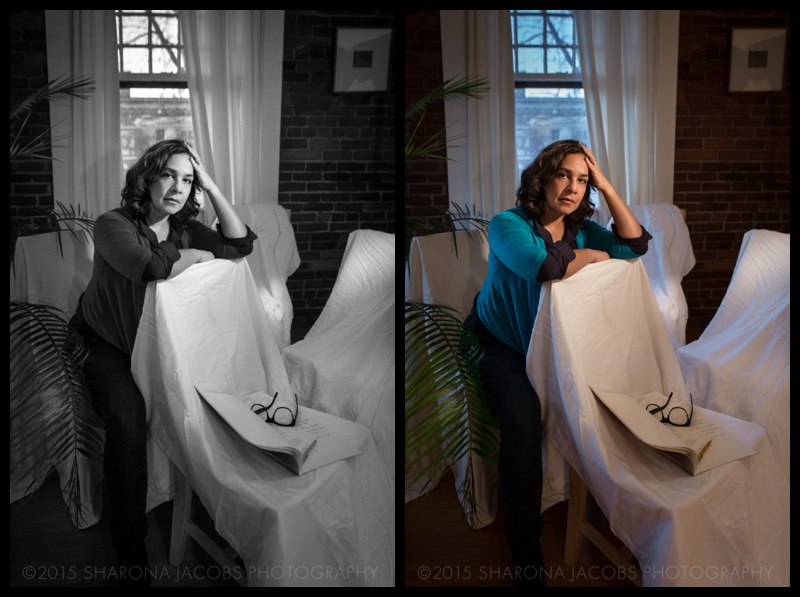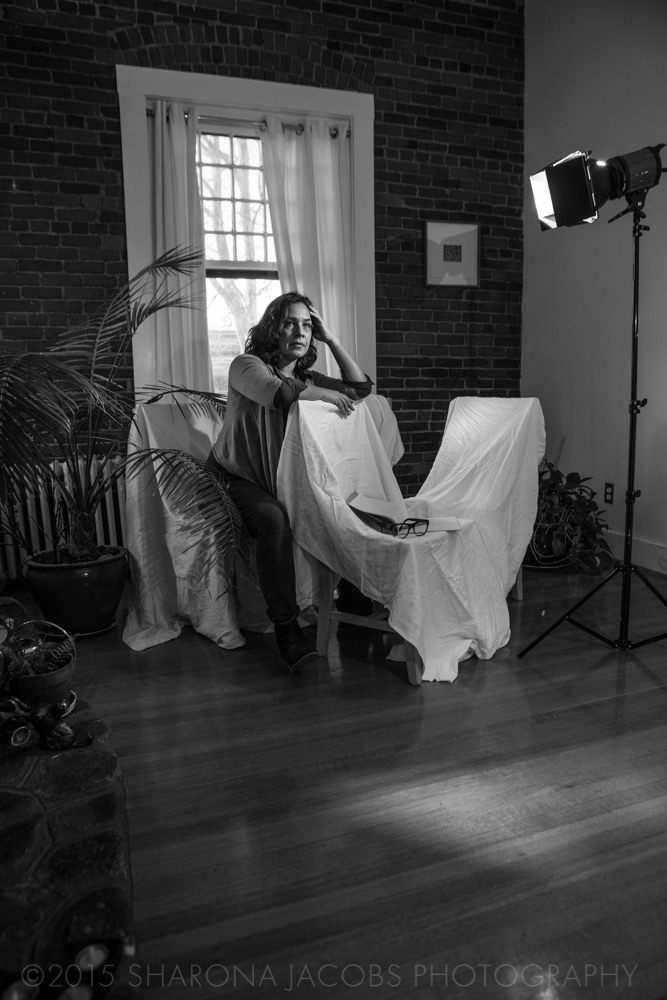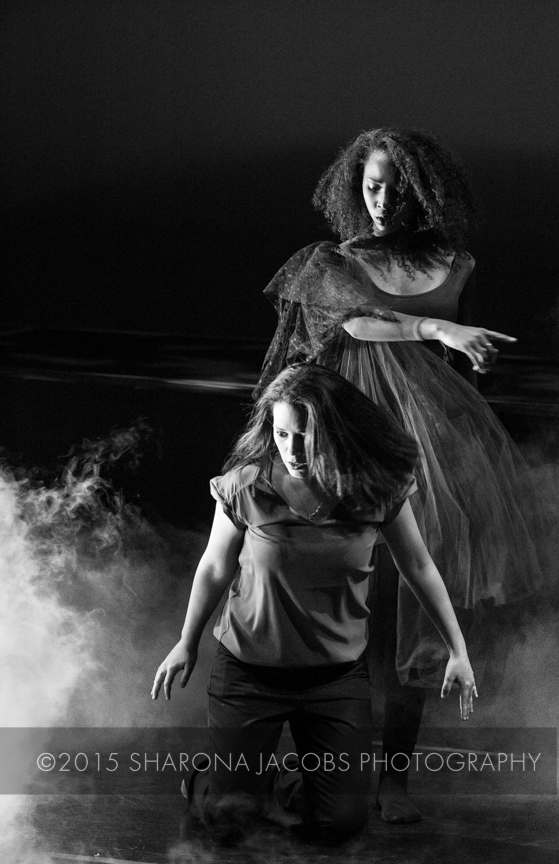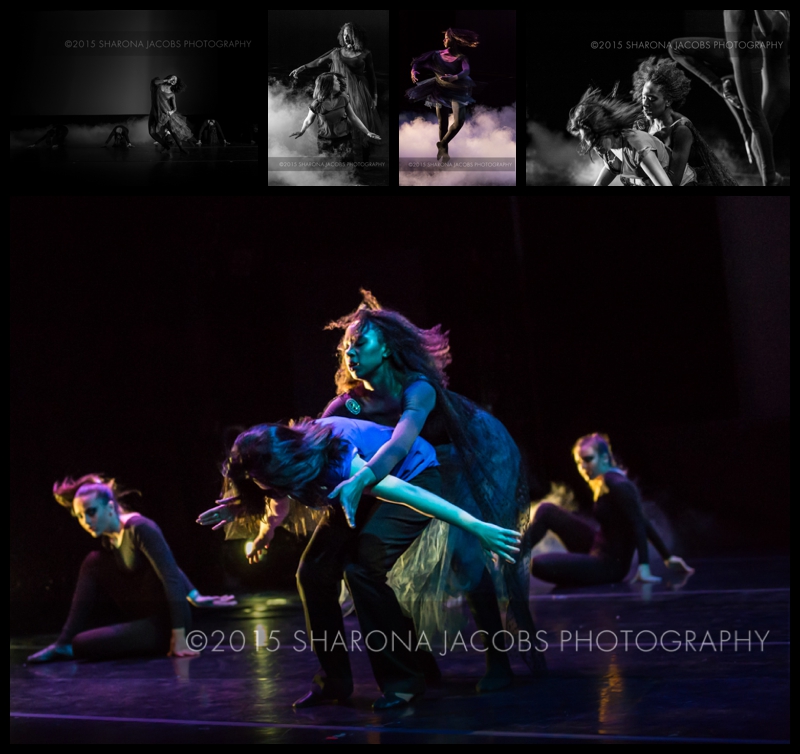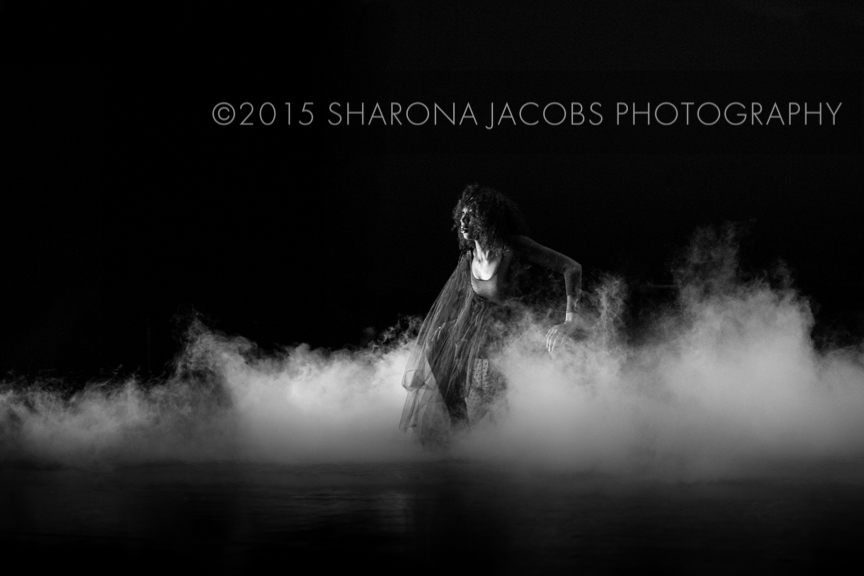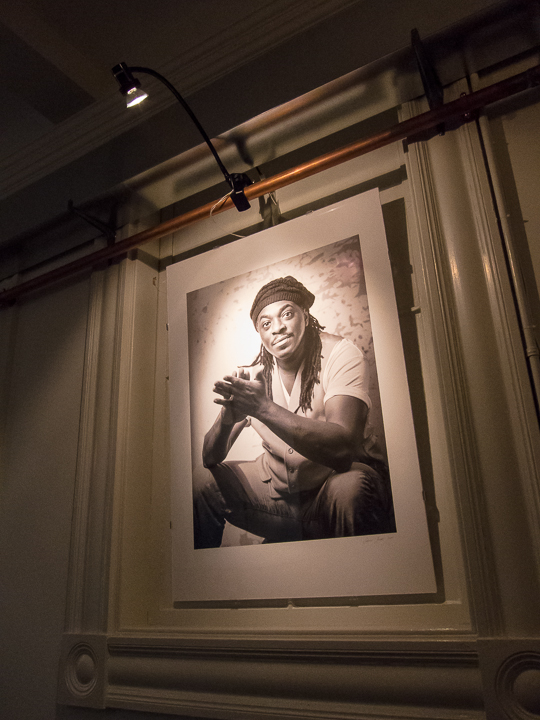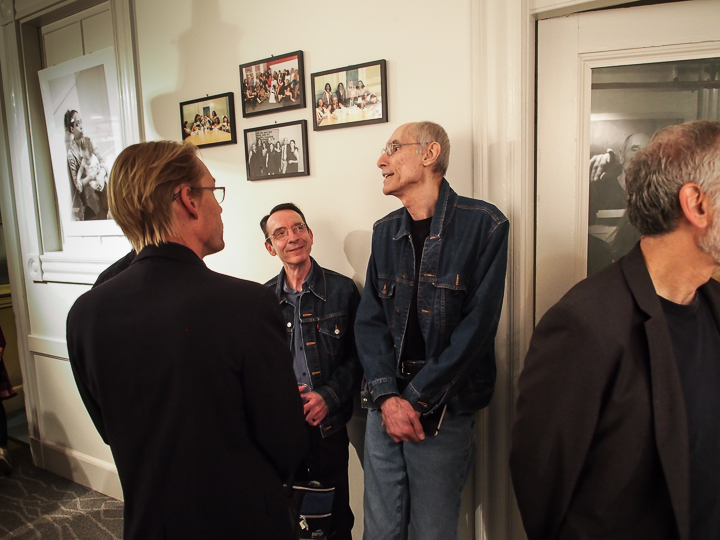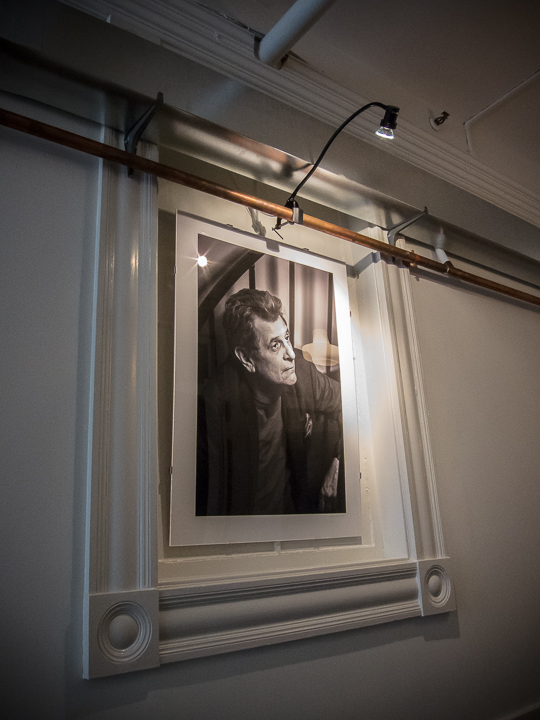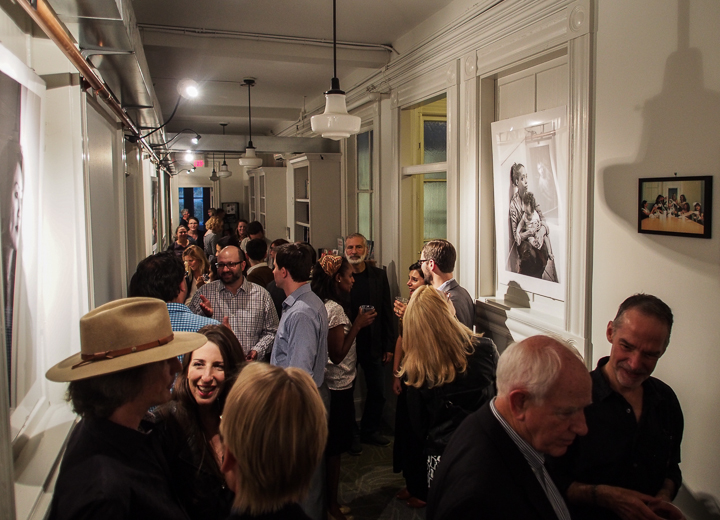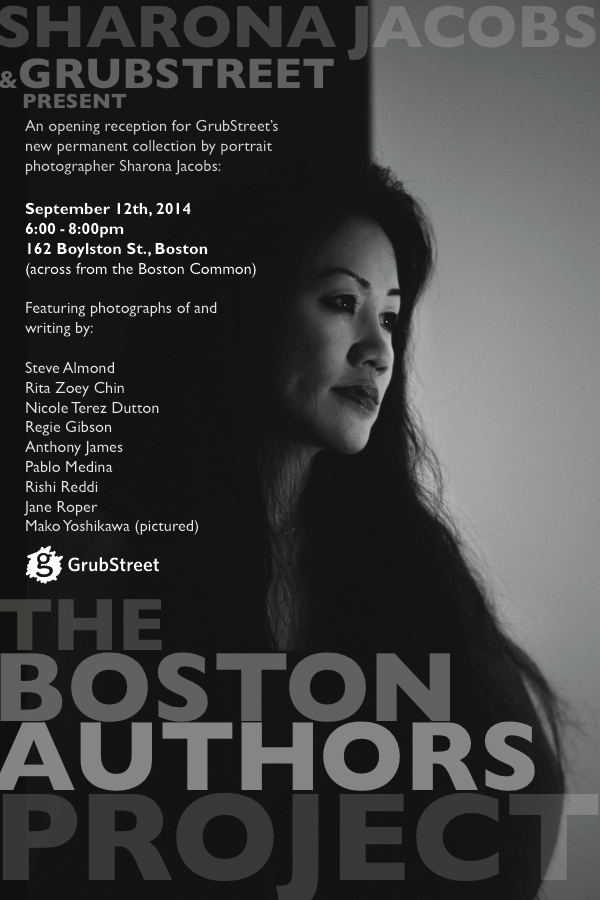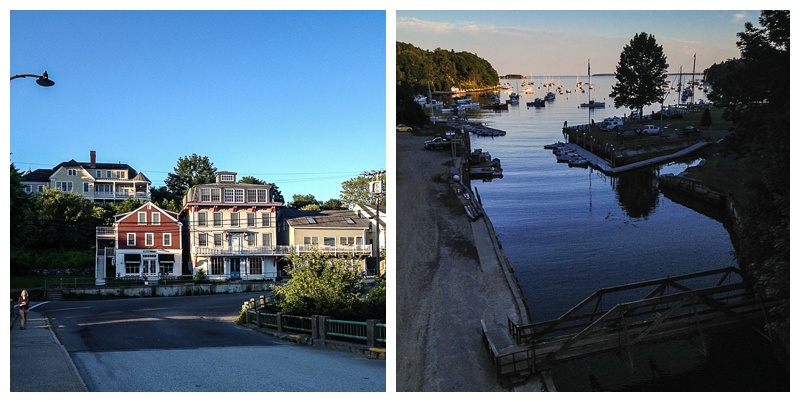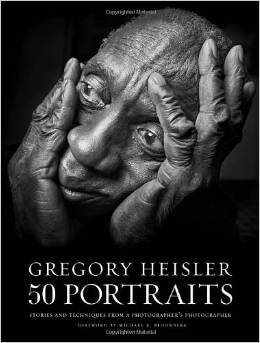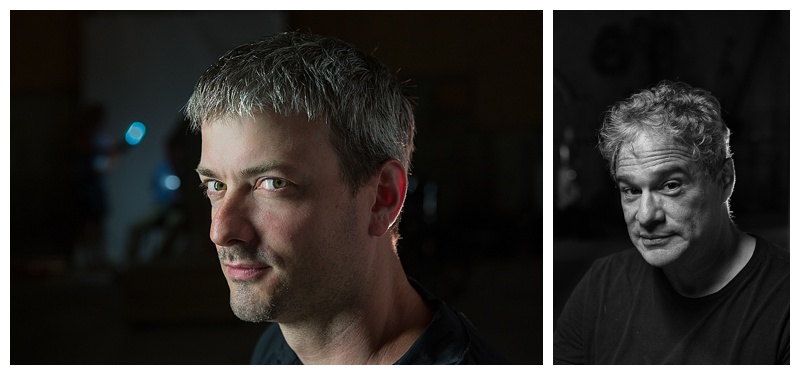Last week, I wrote about the cross-disciplinary artists group I assembled called the Shalon, made of up a commercial/fine art photographer (yours truly), an artist (Bradford Johnson), a writer (Robin Lippincott), and a filmmaker (John Neely). This week, I am taking a brief break from introducing the members of the Shalon, to introduce you to another small creative group I belong to that is just for commercial and editorial photographers in the Boston area.
This group, is one of a handful in the New England area organized by the New England chapter of ASMP (American Society of Media Photographers). ASMP is a national organization with 39 chapters from Alaska to New England. These small groups are run through the MAG (mutual accountability group) program. MAG is for ASMP members and designed so that you can either find a group currently meeting to join or start your own all through the MAG website.
Our group is composed of Boston commercial, editorial, and fine art photographers – it's up to the individual group to decide how to best use the knowledge, support, and motivation of fellow photographers to achieve the group members' goals. Our group tends to lean on the mentoring, creativity support, and advice side of things. Recently, we've used the group to get feedback on developing new branding strategies, crafting beautifully designed direct mail campaigns, and critique of project work. We even have a monthly creativity support exercises in which we come up with a theme (for example, white-on-white images) to stretch our creative muscles.
I should take a step back, and say something briefly about the national organization of ASMP for those of you unfamiliar with the organization. For photographers either involved or interested in editorial and commercial photography, as a resource, ASMP is an amazing asset. It's a really strong national organization that offers events, resources, incentives, discounts and lobbying for photographers at the national level for those of us that shoot non-retail work – meaning those of us that don't exclusively shoot weddings or family portraits. It's a fantastic resource, providing everything from health insurance to marketing resources to licensing and pricing guidelines for independent commercial photographers. The New England chapter also puts on an amazing free portfolio review each fall in Boston where photographers can meet up with regional art directors, art producers, and curators to get the real scoop on how their portfolios appear to industry experts - this year's event is scheduled for October 16th, 2015.
But the small MAG groups offer something far more personal than insurance, or a great discount on software. It offers a place for photographers to be real about our triumphs and struggles, and get the support of others who understand our exact situations. We are own best resources - if we're unsure how to price a job, need a pinch-hitter because of an emergency or illness, or are feeling stuck professionally or creatively, we know we have a group of fellow professionals in our corner, ready to help the others out. Commercial and editorial photography can be a tough and competitive business, but our group is made up of more than just colleagues; we are friends and supporters of each others' work and businesses.
To that end, I'd like to introduce you to Mike Ritter, of Ritterbin Photography, the current president of the New England Chapter of ASMP, and also one of the founding members of our MAG/MMG group. In the next few weeks, I'll be introducing you to a few of our other members as well through short interviews and examples of their work. Without further ado, let me introduce you to Mike, our intrepid ASMP NE president, and all-around awesome guy. Sharona Jacobs: Hi Mike! Can you please tell us a little bit about yourself?
Mike Ritter: I'm a Pennsylvania hayseed who went to school in the wilds of Maine and then ended up in the big city (for New England) - Boston - in 2002. I worked in a photo lab and photo gallery before heading out on my own freelance photo career in 2005. My photography has taken me all over Boston and through Guatemala, Mexico, Peru, and New Orleans. My wife and I live in a Dorchester triple decker with our daughter, Vivian.
SJ: Can you give us a little bit of information on your company and your typical clients?
MR:
I've run Ritterbin Photography for 10 years focusing primarily on Boston area clients - I primarily shoot events and on location portraits. My clients are principally schools, financial services companies, non-profits, and event companies.
SJ: What made you want to be a photographer?
MR:
My dad gave me his camera in college, and I enjoyed learning on it. While I love the craft of making a great picture, I'm even more excited by the life I can live as a photographer. I meet so many people from so many walks of life and get to know Boston much better than I could in a job at one location with one group of co-workers.
SJ: What type of projects will you be working on in the next few months?
MR:
I'm adding video to my services which is very exciting because it's a collaborative process with other creatives, and it can communicate certain things better than photography (and vice versa). So, it will help me tell clients' stories in as effective a manner as possible. I will also begin to do more direct marketing to clients I'd like to work with rather than relying on word of mouth. And, I'm putting together a website for my Boston Cornerstone project (
) which will roam all over Boston looking for cornerstones and then shooting a time collage cityscapes where they are found.
SJ: Can you tell me how the MAG group helps you in your career as a professional photographer?
MR:
My MAG partners have dealt with issues I'm trying to get under thumb and vice versa. Sharing our work as it's in progress whether it's a recent shoot, website redesign, or a contract etc., makes for a much better final product whatever it is. It's too easy for photographers to work almost entirely alone, but our work and our ideas improve tremendously when we share and work with others. That's why I joined ASMP and was interested in helping re-organize the MAG program.
















